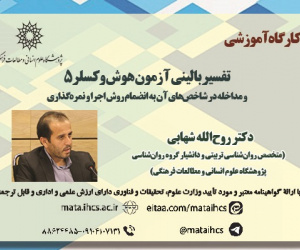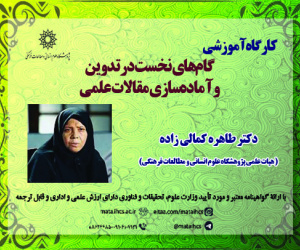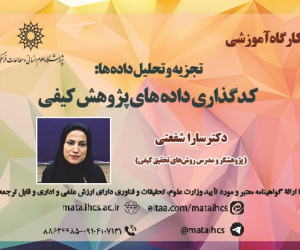کاربرد ارتباطات در تبادلات فرهنگی بین الملل با تأکید بر نظریه تعاملی
آرشیو
چکیده
در عصر جهانی شدن، تبادلات فرهنگی میان ملت ها به یکی از ارکان اساسی توسعه، درک متقابل و همکاری های بین المللی بدل شده است. این مقاله با تمرکز بر نظریه تعاملی ارتباطات، به بررسی نقش ارتباطات در تسهیل و تعمیق تبادلات فرهنگی می پردازد. ابتدا مفاهیم ارتباطات و تبادلات فرهنگی تعریف و ارتباط تنگاتنگ آن ها تبیین می شود. سپس نقش رسانه های سنتی و فناوری های نوین دیجیتال در انتقال و تحول عناصر فرهنگی، همراه با نمونه های عینی از تأثیرگذاری رسانه ها و شبکه های اجتماعی بر فرهنگ جهانی، تحلیل می گردد. مقاله ضمن اشاره به مزایای ارتباطات در افزایش آگاهی و کاهش تعصبات، چالش هایی چون تفاوت های زبانی، سوءتفاهم های فرهنگی، کلیشه ها، موانع سیاسی و ایدئولوژیک را نیز بررسی می کند. در ادامه، با تکیه بر نظریه تعاملی، به اهمیت بازخورد و خلق معانی مشترک در تعاملات فرهنگی پرداخته و نمونه هایی از تبادلات موفق فرهنگی ارائه می شود. راه حل هایی نظیر آموزش زبان و فرهنگ، برنامه های تبادل، نقش سازمان های بین المللی، بهره گیری از فناوری و میانجی های فرهنگی برای غلبه بر موانع مطرح می گردد. همچنین نقش ارتباطات در دیپلماسی فرهنگی و تأثیر تبادلات فرهنگی بر تحول و تقویت هویت های فردی و جمعی مورد تأکید قرار می گیرد. در نهایت، مقاله نتیجه می گیرد که ارتباطات دوسویه و تعاملی، بستری ضروری برای تحقق تبادلات فرهنگی مؤثر و شکل گیری جامعه ای جهانی، متنوع و صلح محور فراهم می کند.The Application of Communication in International Cultural Exchanges: With Emphasis on Interactive Theory
In the era of globalization, cultural exchanges among nations have become a fundamental pillar for development, mutual understanding, and international cooperation. This article, grounded in the interactive communication theory, examines the role of communication in facilitating and deepening cultural exchanges. Initially, the concepts of communication and cultural exchange are defined, and their interrelatedness is elucidated. The study then analyzes the role of traditional media and emerging digital technologies in the transmission and transformation of cultural elements, supported by empirical examples illustrating the impact of media and social networks on global culture. While highlighting the benefits of communication in enhancing awareness and reducing prejudices, the article also addresses challenges such as language barriers, cultural misunderstandings, stereotypes, and political and ideological obstacles. Emphasizing the interactive theory, the importance of feedback and co-construction of shared meanings in cultural interactions is explored, accompanied by examples of successful cultural exchanges. The article proposes solutions including language and cultural education, exchange programs, the role of international organizations, technological advancements, and cultural mediators to overcome these barriers. Furthermore, it underscores the role of communication in cultural diplomacy and the influence of cultural exchanges on the evolution and reinforcement of individual and collective identities. Ultimately, the article concludes that bidirectional and interactive communication provides an essential framework for effective cultural exchanges and the formation of a diverse, peaceful global society.









